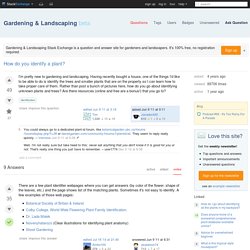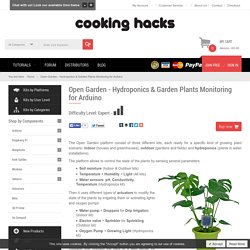

Team Summaries - 2015 - Intel Cornell Cup. Intel-Cornell Cup Finalists ADRA Arizona State University When the landscape is torn up by natural or man-made disasters, location of victims, deployment of resources such as food, water and medical supplies and establishing communication becomes an enormous challenge.

Even if we have the required resources, all of the effort goes in vain if we cannot deliver them to the victims. Therefore, identification and location of victims, at the time of a disaster is of primary importance for any relief worker. Speedy detection allows the relief worker to save precious time, which is critical for preventing and minimizing casualties.
We propose an Airborne Disaster Relief Assistant (ADRA), which will help in locating a victim, provide GPS location to the personnel for quick response and deliver important packages such as first-aid kits, food rations and communication aides to the victim. Auto Safe Oregon State University BAM! BAM! C.A.R.R. The C.A.R.R. CERBERUS Seattle Pacific University. JSON Formatter and Validator: Advance JSON Formatter with JSON tools. Best Online JSON Viewer, Editor, Formatter, Beautifier, Analyser, Validator, Minifier, Converter,Json Viewer with Image. MIME Types - The Complete List. Json Parser Online. Validation Results. Identification - How do you identify a plant? - Gardening & Landscaping Stack Exchange. Plant identification IS tough!

What you have to remember is to not get overwhelmed, learn the botanical names, not common names. The plant world is a whole new language...in college they have big classes that teach you how to use a plant key...a big thick book pertinent to whatever area you live. Plant Key to the Pacific Northwest for example. To be able to use this key you will have to understand a lot of plant terminology. I took this class and was very humbled.
Take pictures and attach samples of buds, leaves, bark, flowers whatever you are able to get from your plants. Not all employees of nurseries will know enough to help you. While you are trying to learn the names of your plants I highly recommend doing a scale drawing of YOUR landscape as is. Learning the LANGUAGE of plants opens a huge, exciting world to you...until we 'own' a landscape very few people find the time or inclination to learn about plants, soils, geology. Crop Nutrient Tool. About PLANTS. The PLANTS Database The PLANTS Database provides standardized information about the vascular plants, mosses, liverworts, hornworts, and lichens of the U.S. and its territories.

It includes names, plant symbols, checklists, distributional data, species abstracts, characteristics, images, crop information, automated tools, onward Web links, and references. This information primarily promotes land conservation in the United States and its territories, but academic, educational, and general use is encouraged. PLANTS reduces government spending by minimizing duplication and making information exchange possible across agencies and disciplines. PLANTS is a collaborative effort of the USDA NRCS National Plant Data Team (NPDT), the USDA NRCS Information Technology Center (ITC), The USDA National Information Technology Center (NITC), and many other partners. How to cite the PLANTS Database.
Need more information? Identification - Does anyone know of a somewhat comprehensive plant database available online? - Gardening & Landscaping Stack Exchange. As a gardener I've found that doing some paperwork while gardening really assists in keeping things organized and on schedule.

It occured to me the other day as I stopped to check my beeping phone that it'd be REALLY handy to have a software application to assist in some of the paperwork items that I do every year. I've got the knowledge and the gumption to make it happen, but what I really need is a lot of common data about the type of plants we, as gardeners, find ourselves planting. I'm looking for any sites that provide the following data points: Common NameScientific Name (or maybe the full KPCOFGS classification?)
Light requirementsSoil pH requirementsWater requirementsAverage germination timeAverage time till flowering(if fruiting) time to fruit I am sure that no such database exists with all of these pieces of data available, but I'm curious to see what solutions other people are using to get this data. Open Garden - Hydroponics & Garden Plants Monitoring for Arduino. Difficulty Level: Expert - The Open Garden platform consist of three different kits, each ready for a specific kind of growing plant scenario: indoor (houses and greenhouses), outdoor (gardens and fields) and hydroponics (plants in water installations).

The platform allows to control the state of the plants by sensing several parameters: Soil moisture (Indoor & Outdoor kits) Temperature + Humidity + Light (All kits) Water sensors: pH, Conductivity, Temperature (Hydroponics kit) Then it uses different types of actuators to modify the state of the plants by irrigating them or activating lights and oxygen pumps: Water pump + Droppers for Drip Irrigation (Indoor kit) Electro valve + Sprinkler for Sprinkling (Outdoor kit) Oxygen Pump + Growing Light (Hydroponics kit) The nodes send periodically the information to the Gateway that uploads the data to a web server by using any of the available wireless interfaces (WiFi, GPRS, 3G).
Indoor Kit: Browse.